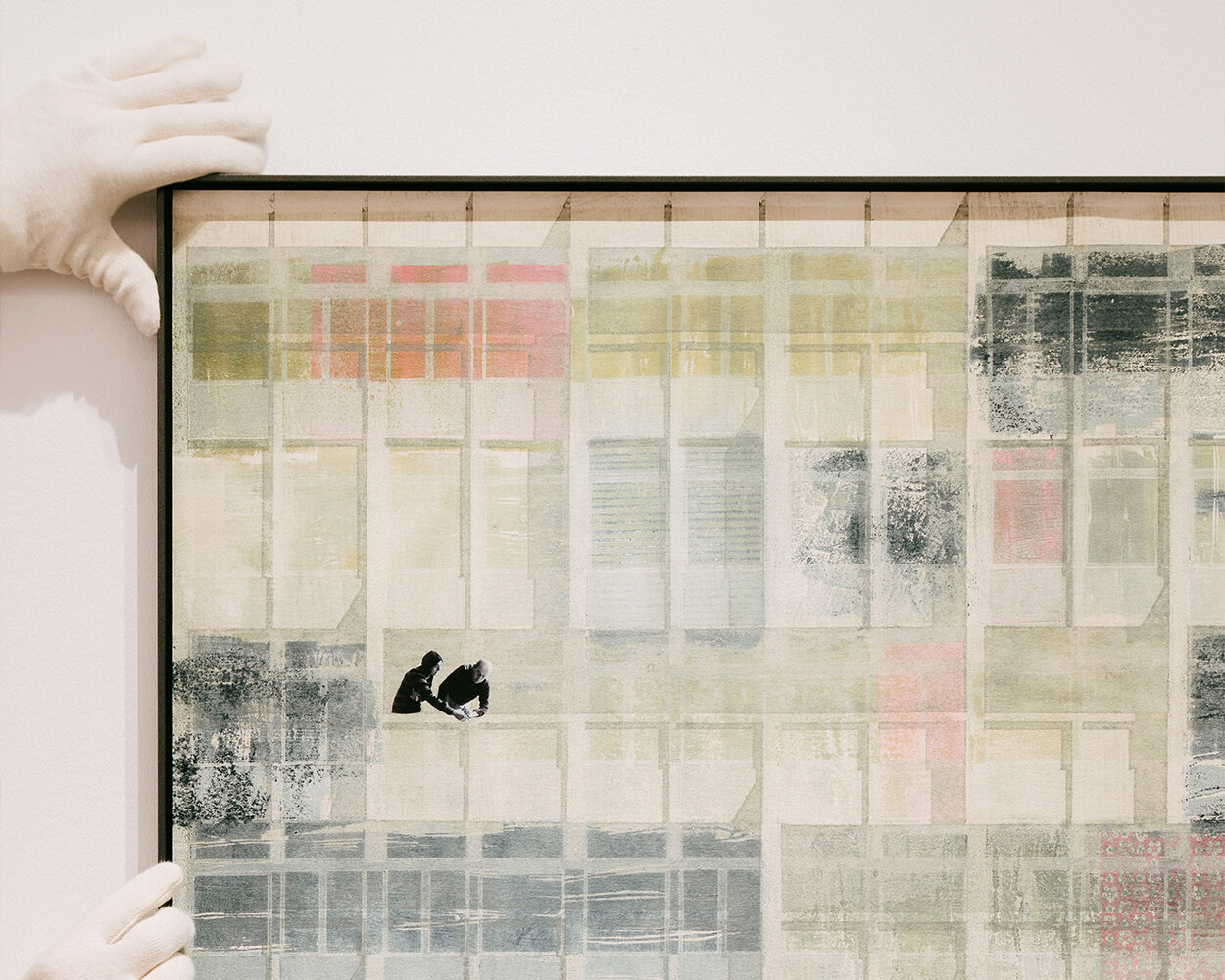Mañana de Pascua
Caspar David Friedrich
c.1828-1835Mañana de Pascua
Biographies

Caspar David Friedrich
Caspar David Friedrich was a 19th-century German Romantic landscape painter. In the allegorical scenes of his middle period, he depicts contemplative figures set against night skies, morning mists, old trees, or Gothic ruins. The human presence plays barely a marginal role in contrast to imposing landscapes, directing the viewer's gaze towards the metaphysical dimension of man.
Caspar David Friedrich
| c.1828-1835High resolution pigment ink on Cotton paper
43.7 x 34.4 cm
Same size as original
Next unit for sale Nº2
Open edition. Produced on demand
Certificate of authenticity included

 34.4 cm
43.7 cm
34.4 cm
43.7 cm

Caspar David Friedrich
Caspar David Friedrich was a 19th-century German Romantic landscape painter. In the allegorical scenes of his middle period, he depicts contemplative figures set against night skies, morning mists, old trees, or Gothic ruins. The human presence plays barely a marginal role in contrast to imposing landscapes, directing the viewer's gaze towards the metaphysical dimension of man.
Thyssen
The Thyssen-Bornemisza National Museum is a Madrid art gallery exhibiting the works of old and modern masters. It owes its existence to the lease agreement (1988) and the subsequent acquisition by the Spanish Government (1993), of the most valuable core of the private collection built over seven decades by the Thyssen-Bornemisza family.
